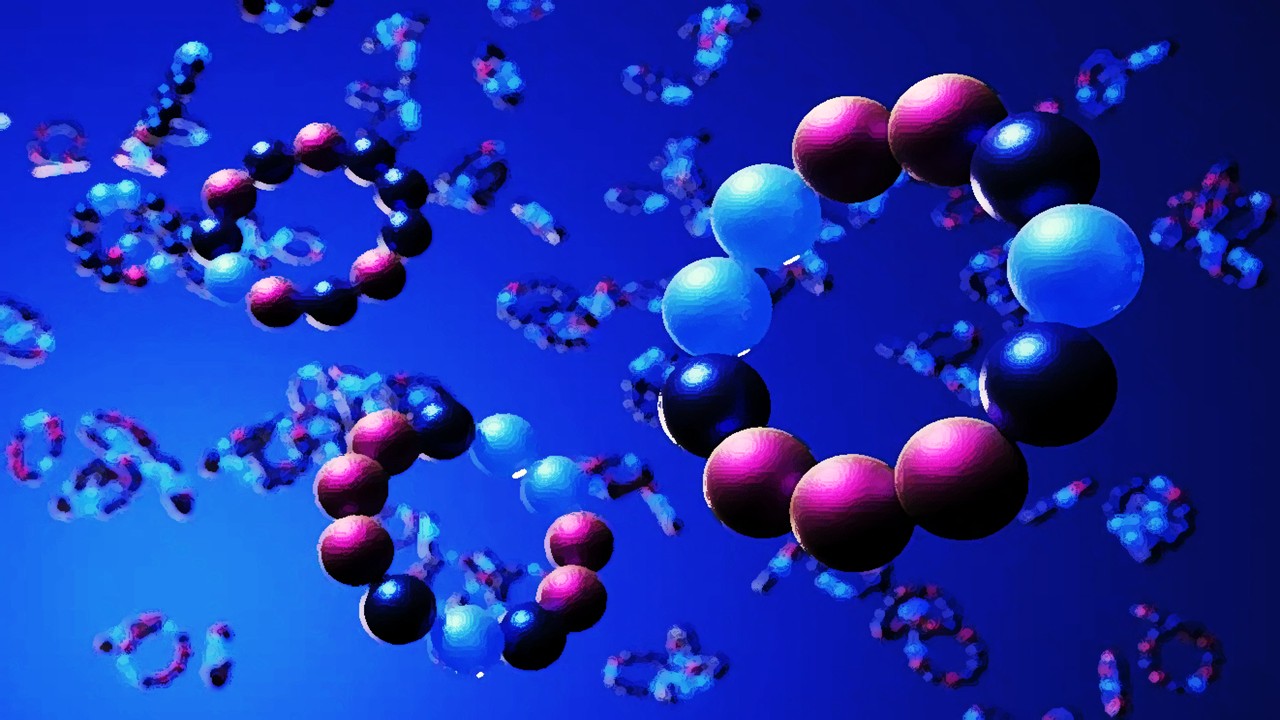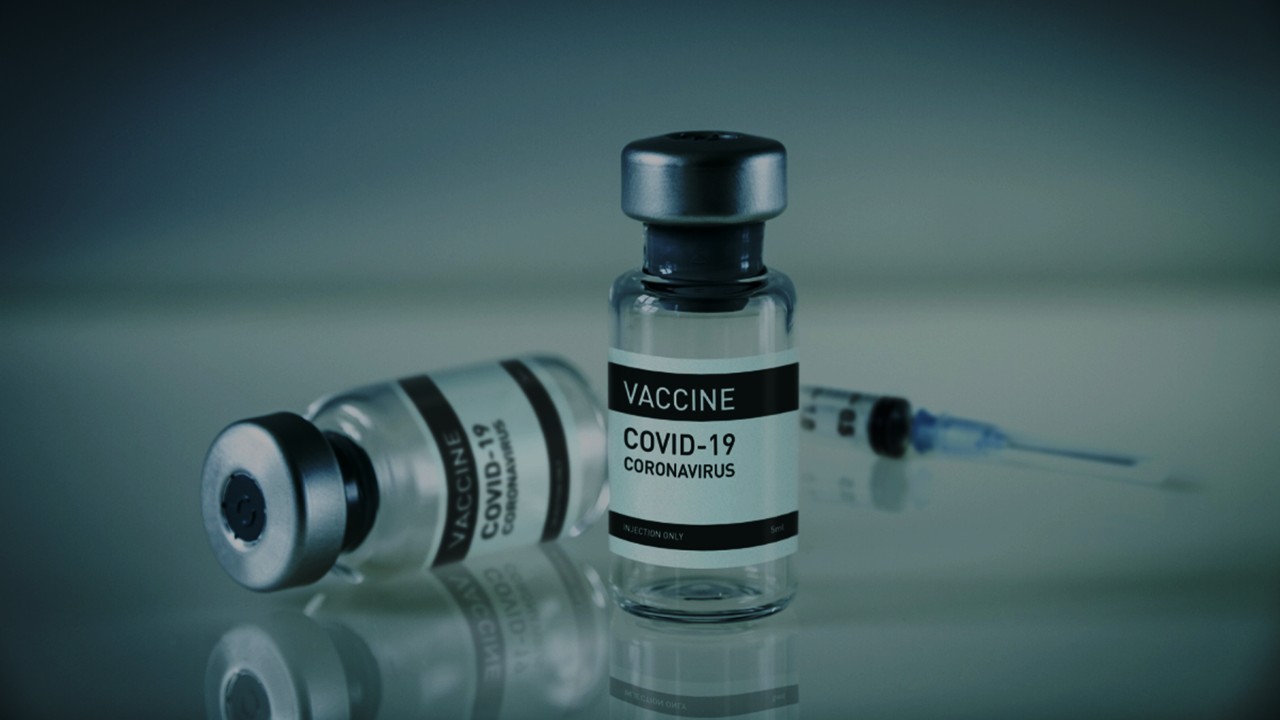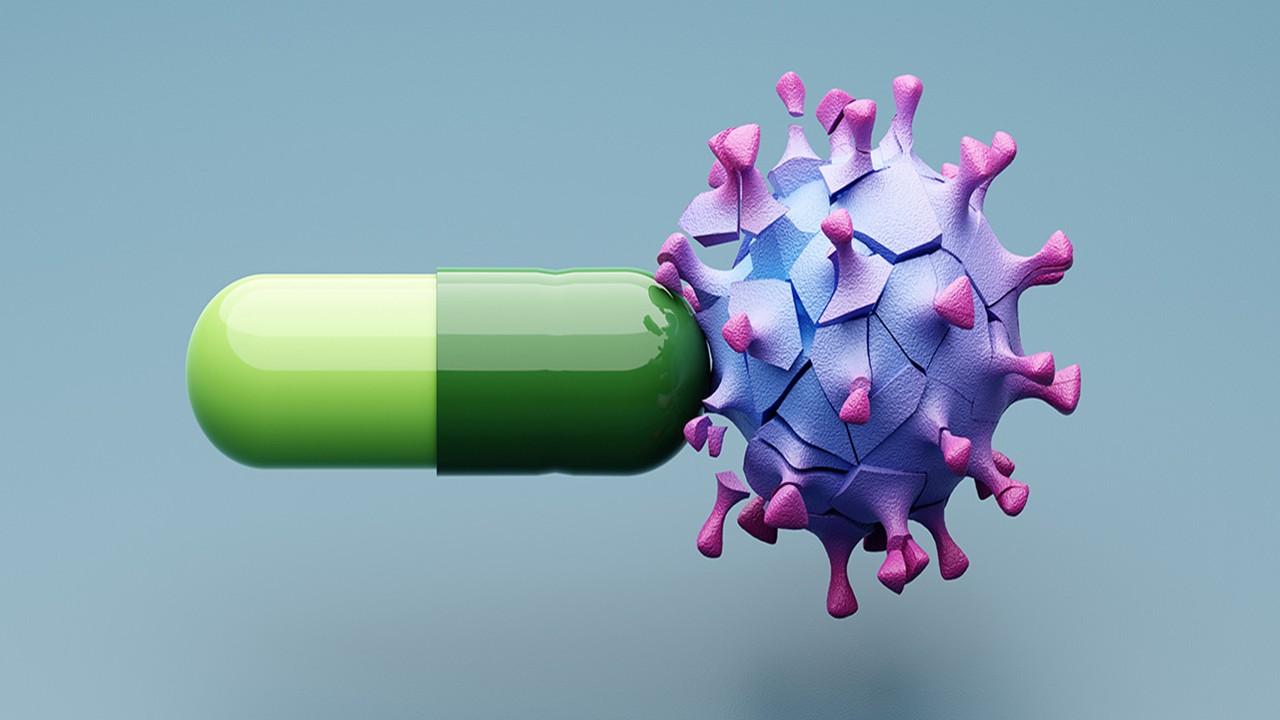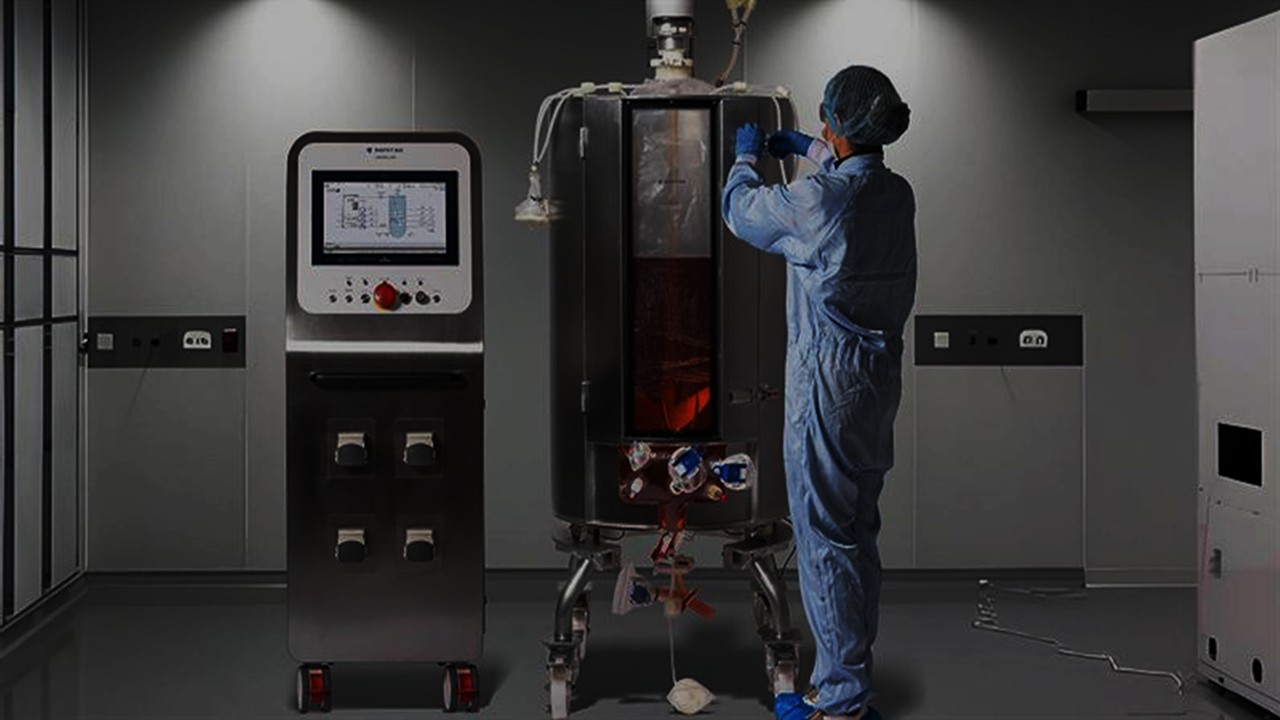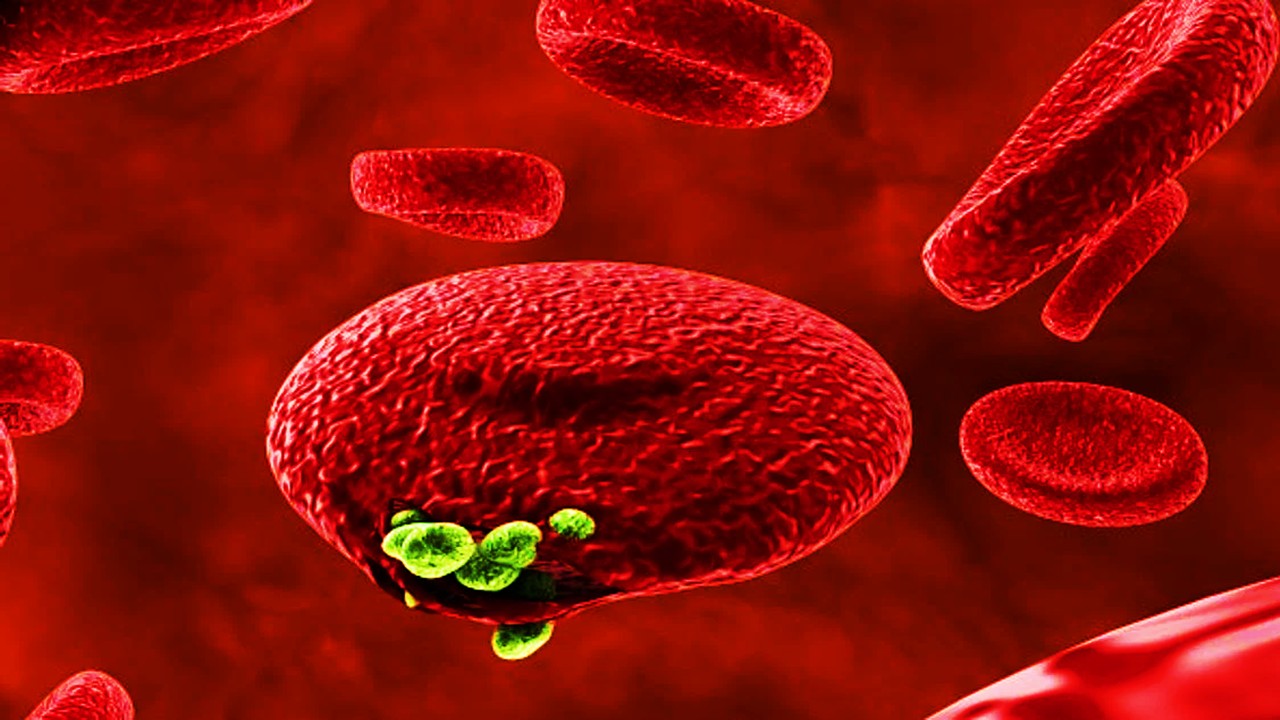
Pharmacokinetics and toxicity studies are two of the many areas within drug discovery in which mass spectrometry (MS) has been an important asset. MS continues to play an important part of drug development; however the fast-moving pace of medicinal chemistry could eventually see drug discovery moving on from MS as technology evolves.
MS is a practical method used to interpret the structural information of unknown compounds within complex mixtures. A mass spectrometer consists of three main components: the ion source, the mass analyser and the detector.
The molecular weight of an analyte compound is measured in relation to its charge – therefore, the analyte must be ionised (given a charge) prior to mass analysis. The ionisation refers to the transition of the analyte into the gas-phase as an ion (a molecule with a given charge). This process occurs in a part of the MS called the ion source.
These ions are then transported via electric fields to the mass analyser where they are divided according to their m/z (ratio of mass to charge). Once the ions have passed through the analyser, they are detected and transformed into a signal by the detector, which reveals structural information about the different compounds within a sample.
Specific MS-based designs have been developed to achieve qualitative and quantitative analysis of small and large compounds with great sensitivity, including customised sample preparation and coupling to liquid chromatography (LC).
The ability to characterise compounds with such high sensitivity and low sample consumption are a few of the reasons as to why MS has become a crucial part of drug development. Furthermore, refinement over the last 30 years has seen MS develop high accuracy resolution for the mass analysis of even the larger biological molecules, which is not always possible with conventional assays.
How is MS used for drug development?
MS has become an indispensable tool used across all stages of drug development from discovery to manufacturing. For instance, LC-MS analysis is routinely used to analyse and quantify metabolites from pharmacokinetic studies.
Pharmacokinetic assays are techniques used to assess the pharmacological properties of a biological or chemical compound. The primary properties are absorption, distribution, metabolism and excretion (ADME). PK assays allow detailed investigations of ADME properties relative to the pharmacological effects of a compound.
High throughput ADME screening has become an integral part of drug discovery and relies upon a form of MS known as LC-MS (liquid chromatography-mass spectrometry).
Ultra-high-performance liquid chromatography (UHPLC) has become the gold standard for LC/MS analysis in DMPK applications providing higher throughput, sensitivity and/or improved selectivity than HPLC (high-performance liquid chromatography). UHPLC-MS/MS method detection is considered a popular method of choice for estimation of drugs in bulk and pharmaceutical formulations and their metabolites in biological fluids.
UHPLC-MS continues to be an important tool across drug discovery, as demonstrated in a 2019 study investigating the pharmacokinetics and metabolite profiling of trepibutone in rodents. The pharmacokinetic study enables researchers to understand the behaviour of the drug in vivo – this provides more information on trepibutone in pharmacodynamics and toxicology which will assist the usage of trepibutone in clinical trials.
At the time of publication, there was a limited number of investigations for trepibutone. While the drug was widely used for chronic pancreatitis and other conditions like cholelithiasis, there may be other diseases which could benefit from the drug should more studies reveal more about the drug behaviour in animal models.
According to the study, “the metabolite-related data was obtained from the UHPLC-HRMS and processed by the CD. The processed data contained formula, molecular weight, and potential transformations, which contributed to the prediction of the metabolite structures and the further understanding of the biotransformation”.
The pharmacokinetic study revealed 30 metabolites of the drug in the plasma and urine, after multiple data-mining tools were used for exploration of the metabolite data from the UHPLC-HRMS. Furthermore, researchers supported the UHPLC-MS/MS method which showed “good performance in terms of linearity, LLOQ, precision, and accuracy”.
Metabolites are an important indicator of drug behaviour in terms of breakdown within the body and elimination routes, therefore it is important in determining the destiny of a drug candidate. Metabolites can contribute to the therapeutic effects of drugs in a multitude of ways including toxicity studies.
Some drug metabolites can be toxic and account for severe adverse drug reactions after drug administration. The toxicity of drug metabolites in the human body can be induced by different mechanisms and can cause off-target effects and maladaptive immune responses – hence, it is important to identify this in the preclinical stage.
Proteomics
UHPLC-MS has vital importance in proteomics. A variety of sample preparation techniques have been applied as a bioanalytical method such as protein precipitation. Currently, proteomics relies mainly on a bottom-up approach to mass spectrometry (BU-MS) for protein-level analysis.
Unfortunately, there are a number of challenges to this approach. According to a recent review, BU-MS relies upon the breakdown of proteins into peptides 5 to 20 amino acids long, before identification. As a result, the database searches match only fragments to entire proteins – a process that is frustrated by the sequence homology or similarity shared by the proteins.
This significantly reduces the sensitivity of the process, as BU-MS does not sequence proteins but infers the primary structure. Top-down MS overcomes this issue by identifying intact proteins and can detect sequence variants but is approximately 100-fold less sensitive.
While MS continues to be applied to proteomics, the limited sensitivity of some techniques has seen the industry begin to move beyond MS. Cellular indexing of transcriptomes and epitopes by sequencing (CITE-seq) is one of the emerging methods within proteomics.
CITE-seq combines (single-cell droplet) RNA sequencing with antibody-based protein profiling. According to a review, CITE-seq is currently limited to cell-surface proteins and is primarily used to link the phenotype of the cells to the single-cell transcriptome. However, it is possible that CITE-seq could eventually be used for the profiling of intracellular proteins.
Charlotte Di Salvo, Lead Medical Writer
PharmaFeatures
Subscribe
to get our
LATEST NEWS
Related Posts
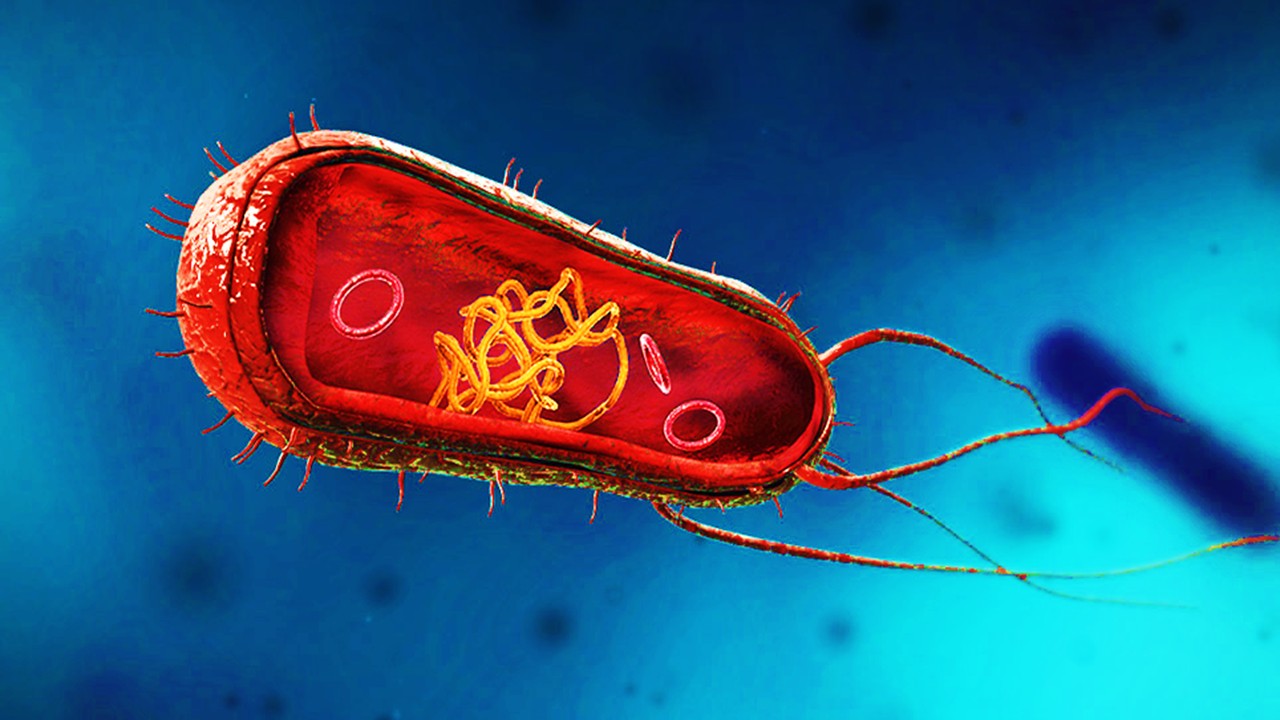
Drug Discovery Biology
Breaking Barriers: The Science Behind Designing Membrane-Disrupting Therapeutics
Membrane-disrupting agents offer a powerful therapeutic strategy by collapsing diseased cell membranes with surgical precision and structural specificity.
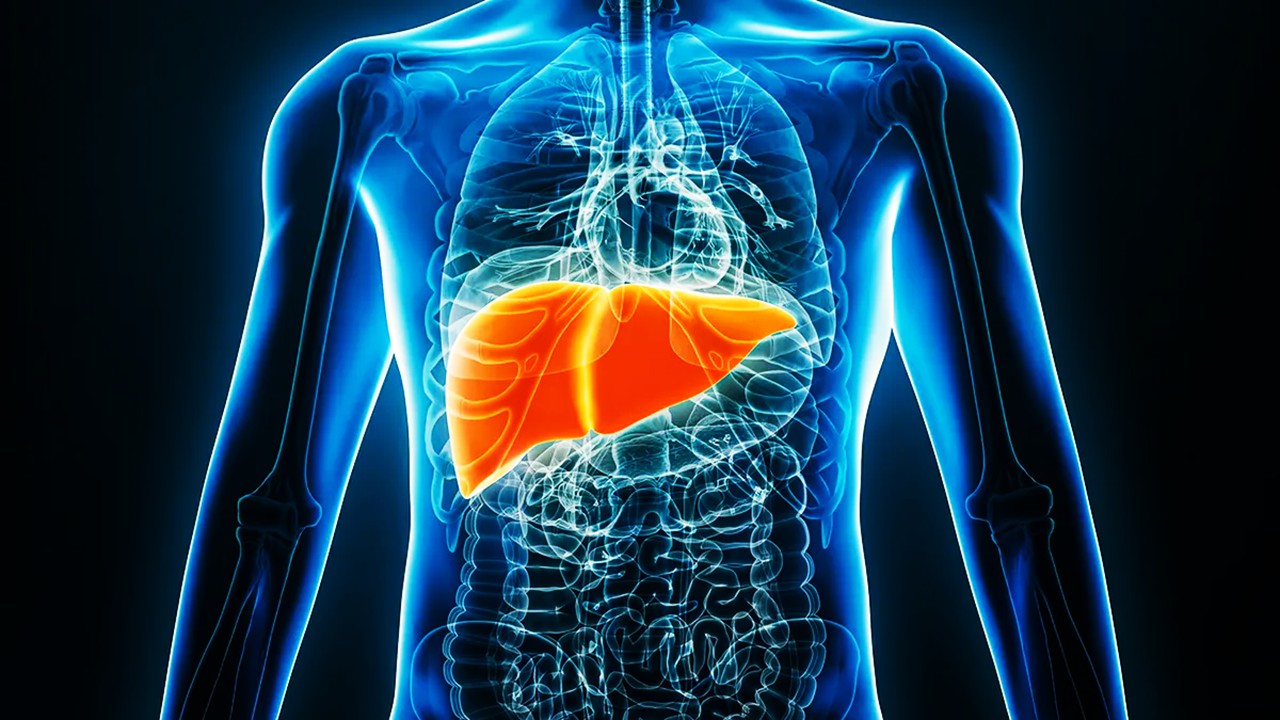
Drug Discovery Biology
Mini Organs, Major Breakthroughs: How Chemical Innovation and Organoids Are Transforming Drug Discovery
By merging chemical innovation with liver organoids and microfluidics, researchers are transforming drug discovery into a biologically precise, patient-informed, and toxicity-aware process.
Read More Articles
Tetravalent Vaccines: The Power of Multivalent E Dimers on Liposomes to Eliminate Immune Interference in Dengue
For the first time, a dengue vaccine candidate has demonstrated the elusive trifecta of broad coverage, balanced immunity, and minimal enhancement risk,
Primed by Parasites: How Malaria Exposure and Off-Target Immunity Shape RTS,S Vaccine Protection
RTS,S/AS02A leverages malaria’s immunological imprint to elicit both targeted and unexpected antibody responses, reshaping how we understand—and engineer—vaccine efficacy in exposed populations.




